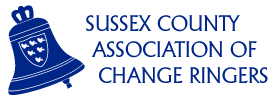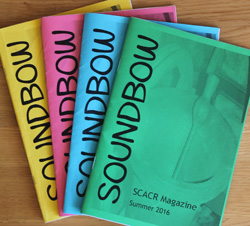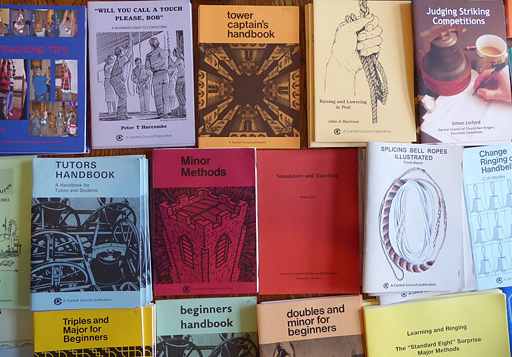What We Do
- Details
- Published: Monday, 02 October 2017 10:00
The Association arranges various activities and events in order to support and promote change ringing on bells in Sussex. These are organised at Association or District level – anyone is welcome to attend events in any District, not just their own. Check the events calendar or District newsletters for details of upcoming events.
District Events
Each District holds a programme of events on Saturdays throughout the year. These include ringing practices, social events, or both! The District Committees also organise regular practices on weekdays. Any member can go to any District event. Check the calendar for details.
Northern District
- 1st Saturday of the month – ringing and social get-together; varying between morning and afternoon.
- 1st Monday – Advanced 7/8 Bell Practice: Stedman Triples & Surprise Major.
- 2nd Monday – Moving on to Methods Practice: all welcome, including newer ringers looking to develop their skills and more experienced ringers as helpers. This practice will include rounds and call changes, Kaleidoscope exercises, leading and listening skills, developing ropesight, intro to Plain Hunt, up to Grandsire and Plain Bob Doubles.
- 3rd Monday – Minor methods practice: from Plain Bob up to Surprise Minor
- 4th Monday – General 10/12 Bell Practice: rounds onwards, all welcome! Rounds and call changes, plain hunt, plain and surprise methods are usually rung.
- Other practices – additional practices (e.g. elementary or ringing up/down) are occasionally held on 5th Monday evenings.
Western District
- 1st Saturday of the month – Beginners & Improvers Practice: Washington
- 2nd Saturday – General Social practice with tea or other social event. Varying between morning and afternoon.
- 4th Saturday – 6 bell Surprise practice - Walberton (Treble bob and surprise methods)
- 1st Friday, 7.30 pm – Basic 8 Bell Practice
- 3rd Friday, 7.30 pm – 'Stedman onwards' 7/8 Bell Practice
Southern District
- 1st week of the month: Surprise Major practice (joint with Eastern district)
- 4th Wednesday – 'Progressing in Minor' practice (joint with Eastern district). Only one method will be rung at each practice - this may be plain, treble bob or surprise. Those wishing to ring the treble are welcome but it will be to the set method.
Eastern District
- 1st week of the month: Surprise Major practice (joint with Southern district)
- 4th Wednesday – 'Progressing in Minor' practice (joint with Southern district). Only one method will be rung at each practice - this may be plain, treble bob or surprise. Those wishing to ring the treble are welcome but it will be to the set method.
- 4th Saturday – monthly ringing event (occasionally held on 3rd Saturday)
Young Ringers
Regular events are organised to provide opportunities for Sussex Young Ringers to ring together, develop their skills and eat cake! More details on the Young Ringers' page.
Codgers – Monthly Mini-Outing
Codgers is a group of ringers across Sussex of all ages who get together to for a 'mini-outing' once a month, usually on the first Wednesday. The group will happily ring rounds and call changes as well as more difficult methods.
Annual Association Social
The Association holds an annual social event, usually on a Saturday in October. In recent years there have been many different types of event, including a canal cruise, barn dances, quizzes, and dinners.
Ringing for Special Events
You can find out about nationwide ringing events by looking at www.cccbr.org.uk/things-to-ring-for
ADMs and AGM
Annual District Meetings (ADMs) take place on Saturdays in February, following the same pattern as for Saturday events. The District Committee members are elected and Association Officers are nominated. Details of previous meetings are recorded on the minutes page.
The Annual General Meeting (AGM) usually takes place on the second Saturday in May. The four Districts take turns to host the AGM. The main business is to approve the previous year’s reports and to elect Association Officers. Details of previous meetings are recorded on the minutes page.
Committee and Team Meetings
The elected General (Association) and District Committees meet regularly to organise the running of the Association and plan events. Four volunteer Teams also meet to discuss and organise particular aspects of the Association’s activities. For more information, see About the Association and About Committees & Teams.
Events Calendar
Interactive Towers Map
About the Association
Association Rules
Committees and Teams









